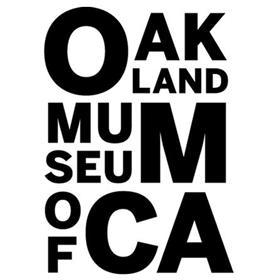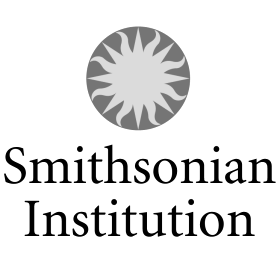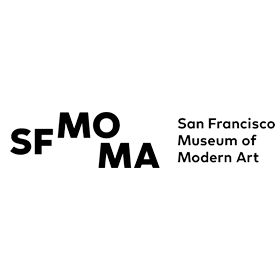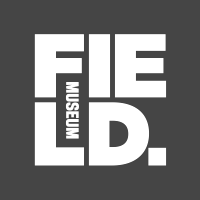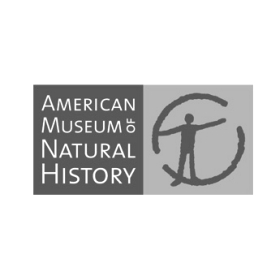Museums
Museums are the defining institutions of culture.
But they also respond and adapt as culture changes around them…and it’s changing fast and profoundly. Visitors bring with them not just new technologies, but new assumptions, expectations, preferences, and values. They want experiences they can’t get elsewhere: immersive, embodied, mind-altering, emotional, and above all social (but somehow also personal).

It’s a tall order, but smart audience research and evaluation can help. We’ve been working with some of the most renowned and beloved museums in the U.S. since 2001: large and small, national and community-based, representing every category of visitor-based institution from art, science, history, and children’s museums to zoos, aquariums, gardens, parks, and public spaces (including The High Line in New York City). We work with curators, educators, exhibition teams, marketing and membership heads, and museum directors and boards, helping them come together around a new, shared picture of relevance and possibility. That picture is even more exciting when you see it through the eyes of your visitors, potential visitors, community residents, and tourists.
Explore our museum practice below, or get in touch.
The totality of the audience research has been a game-changer for us. In particular, the segmentation has given us “ammunition” for our experimentation agenda and a new language to use when we’re developing programming. This language is now a part of our everyday parlance… The work you do and the way you think are inspirational…”
Explore our museum practice-areas
Art museums
How do people want to connect to art, emotionally, intellectually, socially, and even physically? What would their ideal art museum experience look like? We’ve explored those questions and many others for some of America’s leading art museums, from encyclopedic institutions like the Metropolitan Museum of Art and the Philadelphia Museum of Art to modern & contemporary collections, single-artist museums, regional innovators, and campus-based art museums. Our audience research & evaluation studies have helped make exhibitions more innovative and powerful, marketing and branding efforts more compelling, membership programs more successful, public programs more inclusive, and community engagement initiatives more authentic and lasting.
We present frequently at AAM, VSA, and other museum conferences. Look for us there, or drop us a line.
Science centers
The range of engagement and learning that takes place in science centers and other informal STEM environments is dazzling. From science-themed play for kids to multigenerational immersive experiences to after-hours, beer-fueled events for millennials, science centers connect people of all ages to science cognitively, physically, emotionally, and socially. Our research and evaluation approach is similarly broad: we place learning in the full context of the science center experience, in all its diversity and idiosyncrasy. We’re passionate about co-creative approaches to science learning, especially in service to equity and inclusion. Engaging new, underserved audiences requires thinking in new ways—which is why our research supports empathy, innovation, and organizational change.
Don’t wait to see us at ASTC. Send us a note.
Natural history museums
How can museums connect visitors more deeply to the objects, stories, ideas, and people of science—and through science, to nature and the natural world? How can curators, exhibit developers, educators, marketers, and membership professionals engage larger and more diverse audiences in the search for scientific answers to our global challenges? In our work with some of the country’s largest natural history museums—in New York, DC, Chicago, and LA—and a wide range of other STEM and nature museums, we’ve studied how people perceive, experience, and benefit from natural history exhibitions and public programs. Our research has informed strategic change, inspired creative approaches, and helped draw and serve new communities.
Does your natural history museum need fresh insights to move forward? We look forward to talking.
History museums
What’s the relevance of the past to the present? How do artifacts become stories, feelings, experiences? History museums help create stronger communities by reminding us of our shared stories and providing a safe place for civic exploration, dialogue, and (yes) confrontation. We work with national, state, and local history museums, historic sites, house museums, and other history organizations, helping them understand their visitors and potential visitors, engage new audiences, develop more compelling experiences, and document their impact. Some of our research projects are exhibition-specific (sometimes supported by an NEH grant), while others are institutional and strategic. But they’re always about the future, because that’s where history points us.
Have questions about your audience, community, or programs? Introduce yourself.
Children’s museums
Play. Learning. Art. Science. Community. In children’s museums, all of our cultural worlds blend. That’s why we love working with children’s museums, and why our research philosophy is so well aligned with the field’s interdisciplinary and highly social approach to serving kids and their caregivers. Several of our staff have graduate training in developmental and cognitive psychology, and our senior project director Nancy Plaskett joined Slover Linett after eight years at the Chicago Children’s Museum, where she was vice president of partnerships and audience development. Our research and evaluation work is designed to help children’s museums and other child- and family-focused art, nature, and STEM organizations innovate, diversify, and grow.
Have questions about your visitors, marketplace, outcomes, or strategies? We’d love to talk.
Zoos and aquariums
Our connection to animals is emotionally powerful and nearly universal, as the enduring popularity of zoos and aquariums suggests. But as the experiences offered by these institutions have evolved from spectacle and entertainment to sustainability and learning, new questions and challenges have arisen—questions that make audience research and evaluation even more vital to the future of the field. Our studies have supported conservation and resiliency initiatives, education curricula, membership programs, and marketing campaigns at aquariums and zoos, shining new light on visitors’ and potential visitors’ knowledge, attitudes, beliefs, and behaviors. It’s still about wonder, but now it’s also about action: individual and collective change to protect the planet we share.
Don’t wait to run into us at AZA. Drop us a line.
Public gardens
In the 21st century, only a fine line separates botanical gardens and arboreta from community gardens, urban greenbelts, nature preserves, parks, and other public gardens and natural spaces. They’re all about reconnecting us to nature and to our shared responsibility for the natural world. The experiences they offer are social, aesthetic, emotional, physical, and often spiritual, in addition to cognitive. In our research for organizations as diverse as Brooklyn Botanic Garden, The High Line, American Horticultural Society, and Winterthur Museum, Garden & Library, we’ve seen how visitors and communities make use of gardens and other nature-spaces for their own, hugely varied purposes. Gardens are culture, too (and not just because the Latin root of that word, cultura, means growing or cultivation).
Need audience research or evaluation for your public garden? Let’s have a conversation.
Public art spaces
Not all art lives in a museum, and not all museums have walls. Sometimes the place is the artwork—an immersive environment, a shared experience. The arts, design, sustainability, and community are merging into beloved but hard-to-categorize public spaces like The High Line in NYC, Millennium Park in Chicago, and the Music Center Plaza in Los Angeles. We help those and other creative public spaces and public art organizations understand how they’re perceived, used, and experienced by both locals and tourists. Our research measures outcomes and tracks change; helps programmers activate spaces; and gives artists, planners, and designers a detailed picture of community need or public response.
Have questions about engagement with your public space or public art? Send us a note.
College & university museums
Some of the most innovative art, science, and anthropology museums in the U.S. stand on college campuses. They serve a wide range of constituents from the university and the surrounding community, and their missions are correspondingly complex—academic teaching and research come first, of course, but there are also important cultural, community, and social ideals, professional training mandates, etc. We’ve worked with museums at liberal arts colleges and tier-one research universities, conducting research in the galleries, around the campus, and out in the community. Our findings help these museums become a more relevant resource for faculty, students, and staff as well as local residents, teachers, and tourists.
Would your college or university museum benefit from rigorous audience research or evaluation? Start a conversation.

